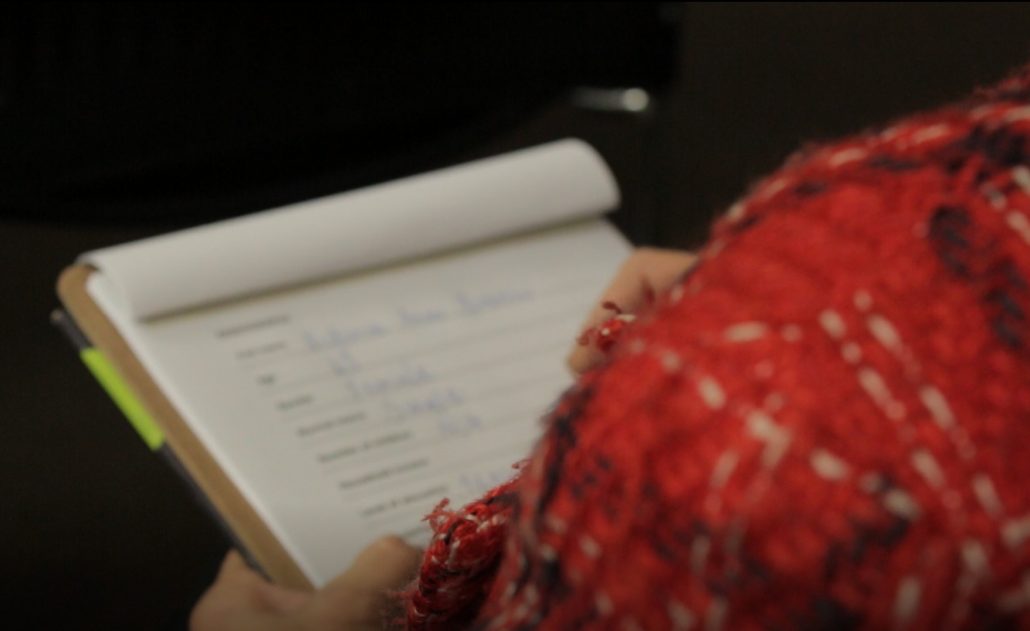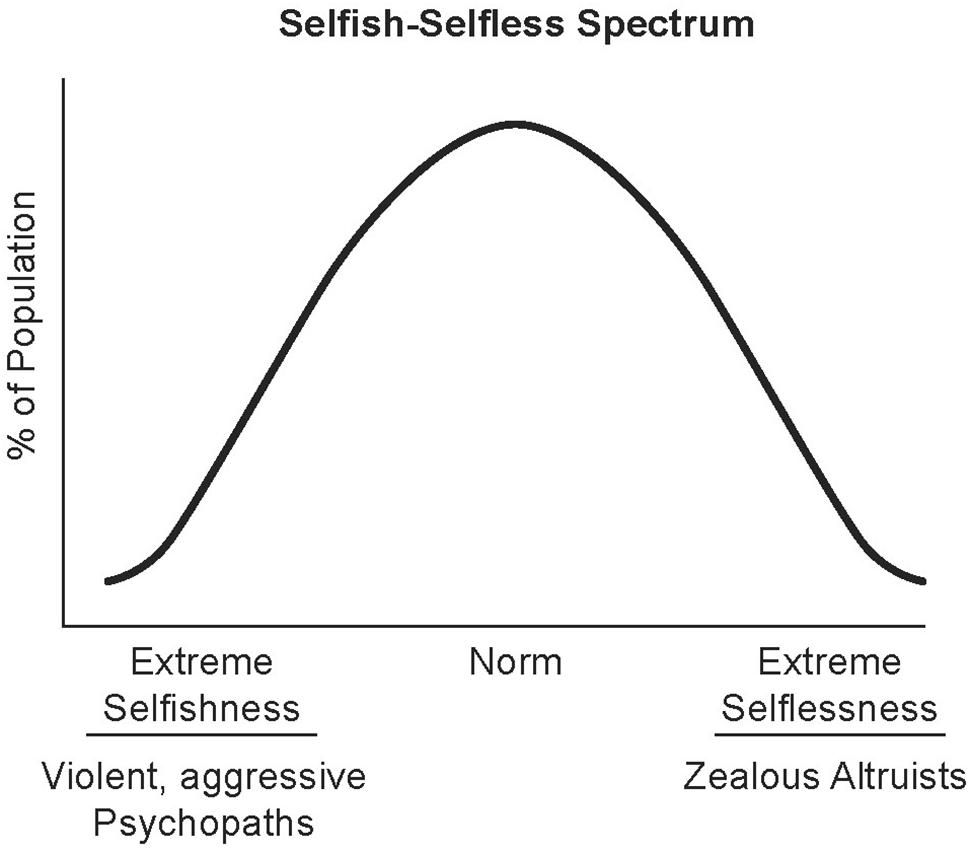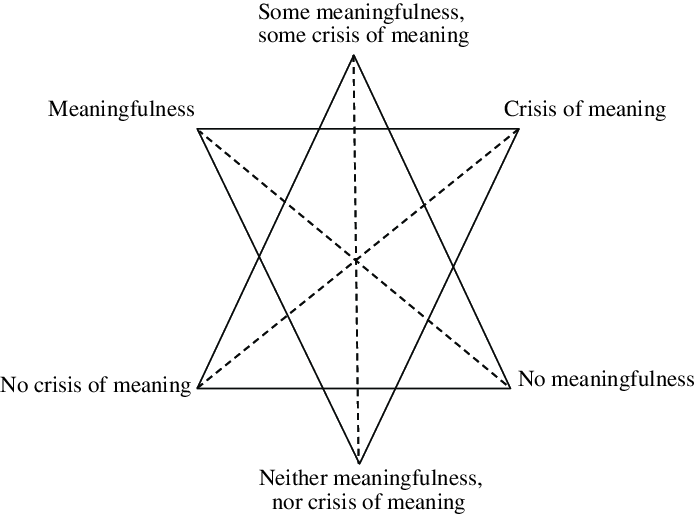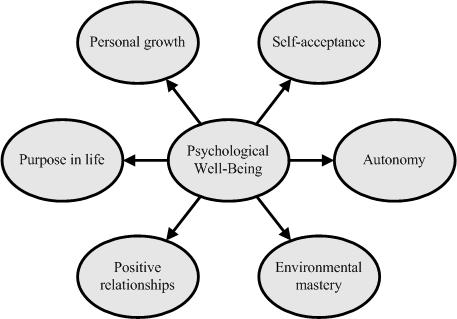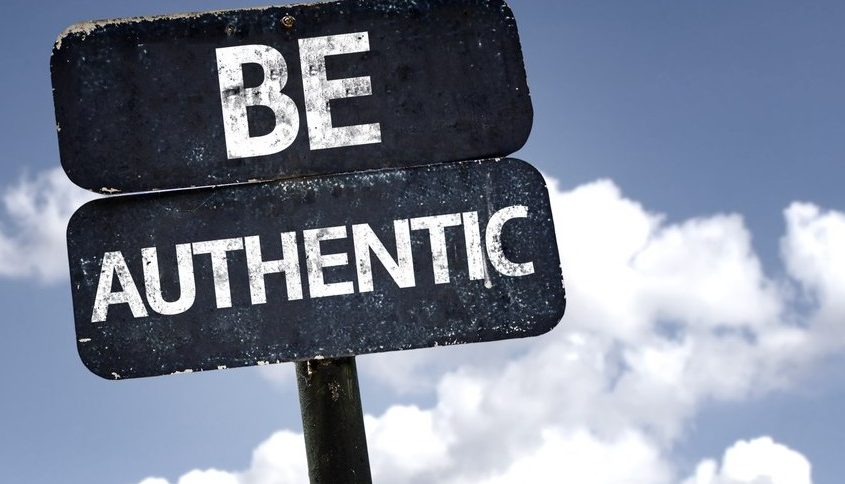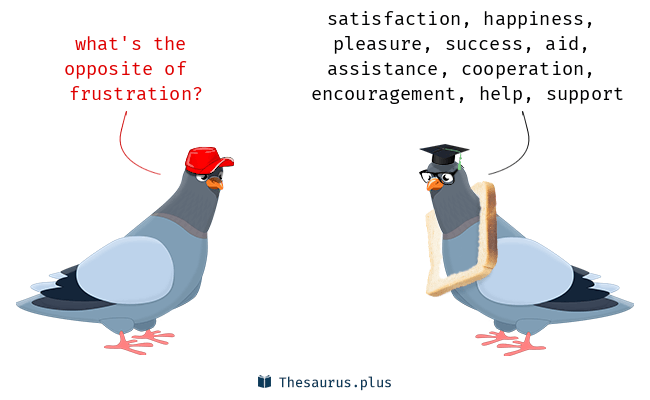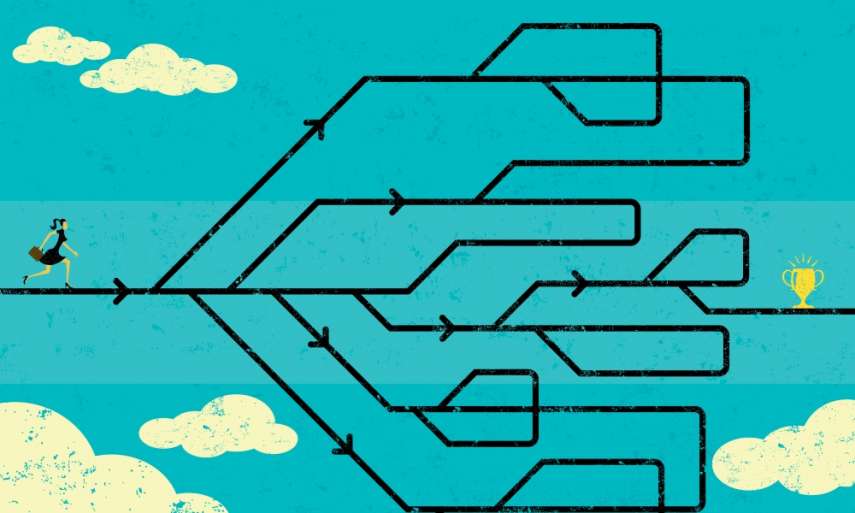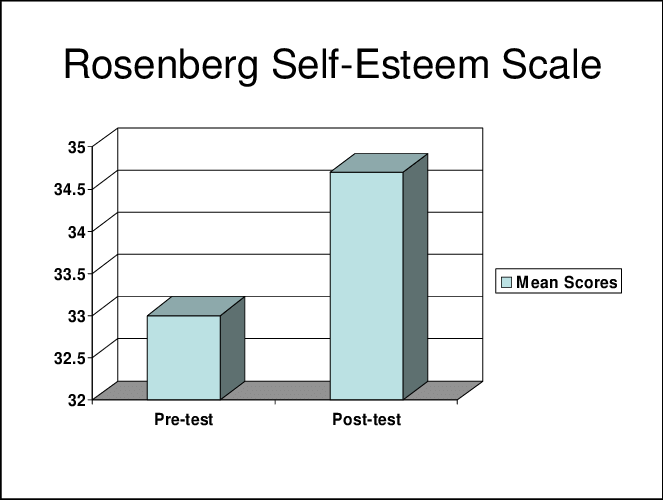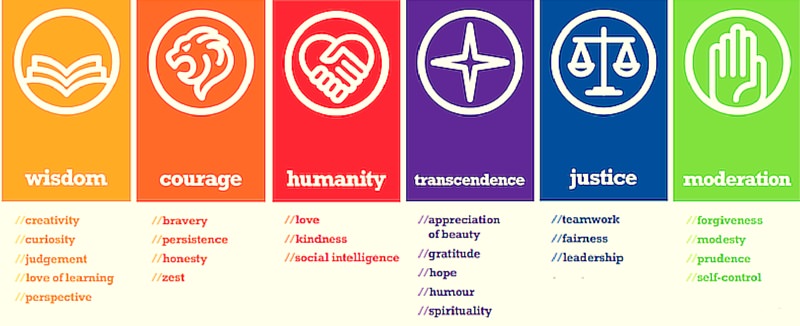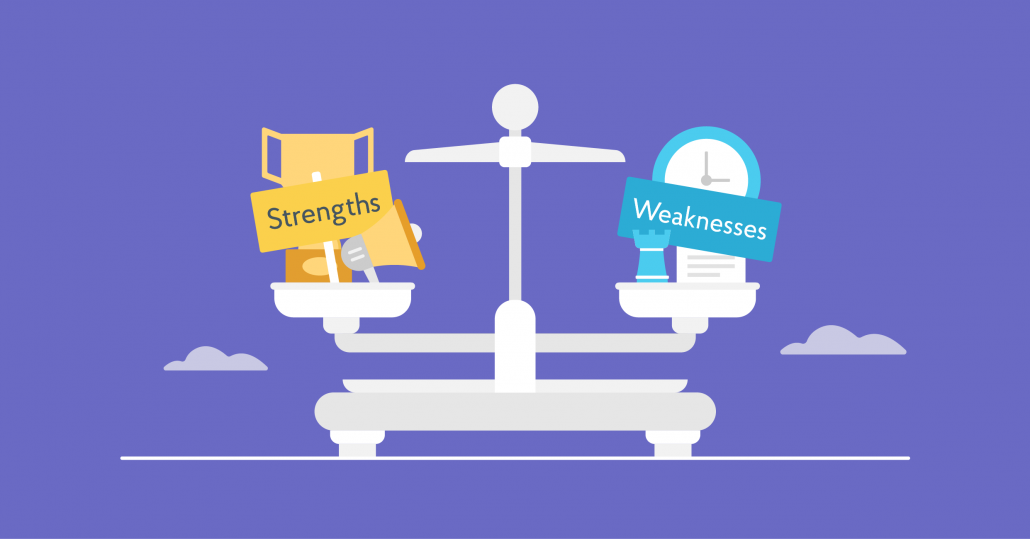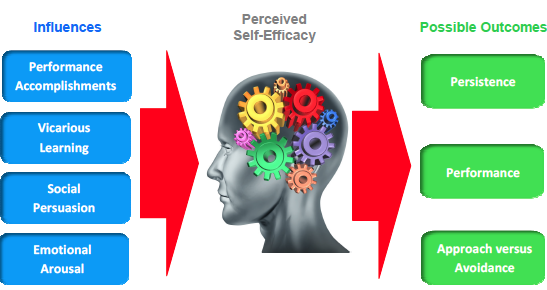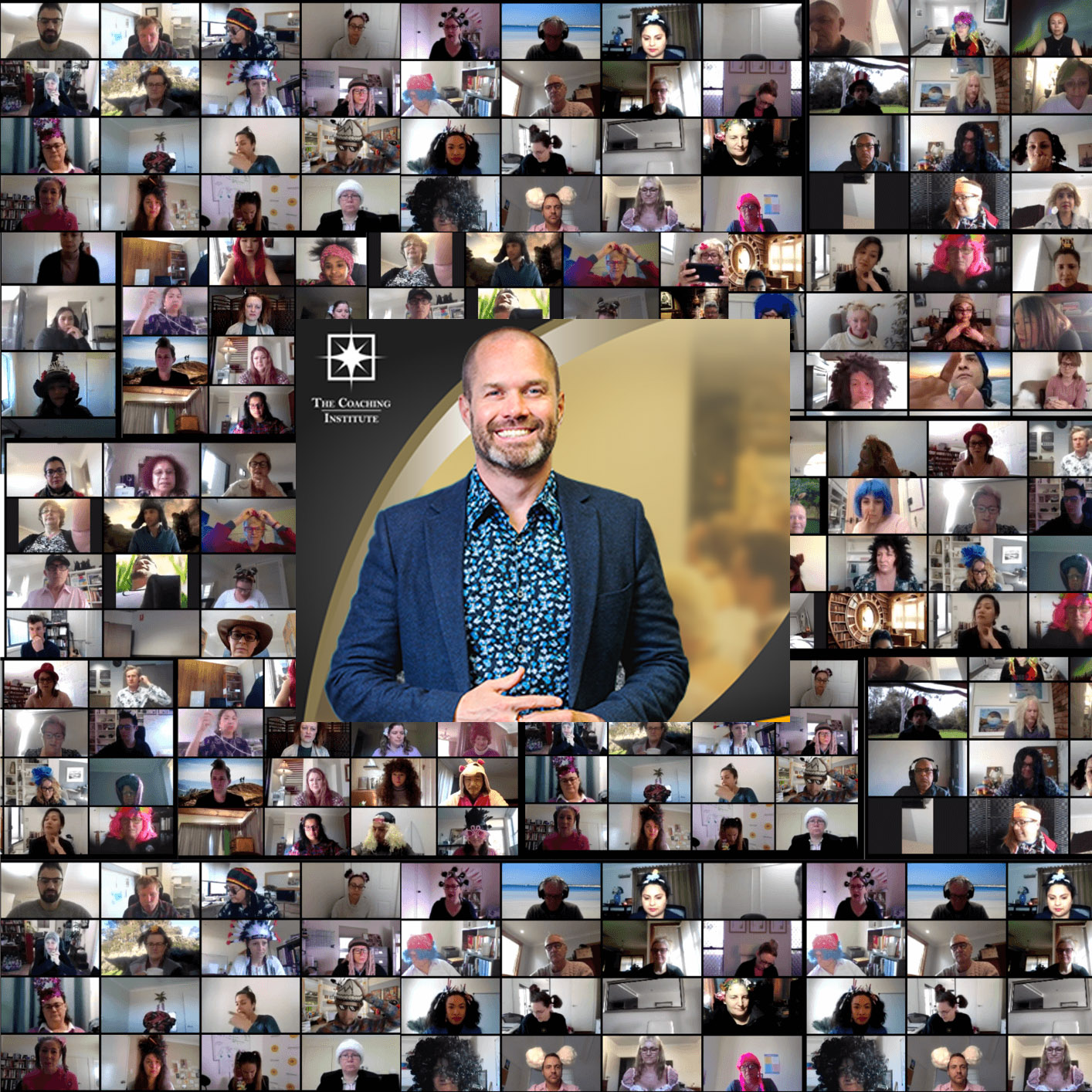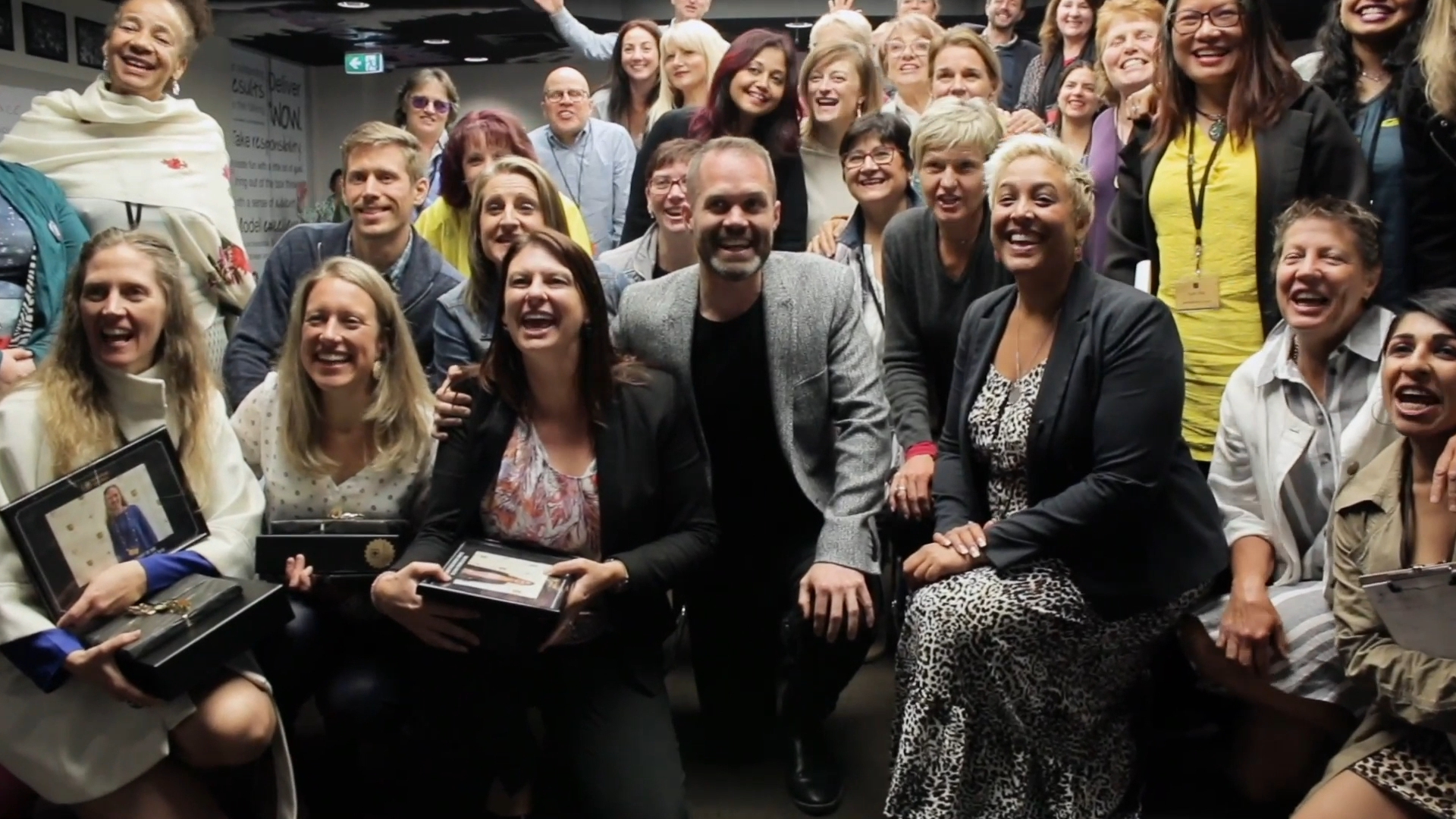Ryff's 42-item, 6-factor Psychological Well-Being (PWB) scale contributes to an individual's:
- Psychological well-being
- Contentment
- Happiness
Psychological well-being consists of positive relationships with others, personal mastery, autonomy, a feeling of purpose and meaning in life, and personal growth and development.
Psychological well-being is attained by achieving a state of balance affected by both challenging and rewarding life events.
Research has shown that:
- Experiences of daily discrimination are associated with worse wellbeing
- Adults have better wellbeing when they remember having had supportive and affectionate relationships with their parents in childhood (An & Cooney, 2016)
- Additionally, multiple studies have found that education is associated with better wellbeing (Ryff, Keyes, & Hughes, 2003; Keyes, Shmotkin, & Ryff, 2002).
Because education is both an indicator of status and a path out of poverty (Card, 2001), PWB may be an important link to mobility.
This information is vital for a coach to understand their client.
SPARQTools. Psychological Wellbeing Scale. Retrieved from http://sparqtools.org/mobilitymeasure/psychological-wellbeing-scale/#42-item-version.
An, J. S., & Cooney, T. M. (2016). Psychological well-being in mid to late life: The role of generativity development and parent–child relationships across the lifespan. International Journal of Behavioral Development, 30, 410–421.
Ryff, C. D., Keyes, C. L. M., & Hughes, D. L. (2003). Status inequalities, perceived discrimination, and eudaimonic well-being: Do the challenges of minority life hone purpose and growth? Journal of Health and Social Behavior, 44(3), 275-291.
Keyes, C. L. M., Shmotkin, D., & Ryff, C. D. (2002). Optimizing well-being: The empirical encounter of two traditions. Journal of Personality and Social Psychology, 82, 1007–1022.
Card, D. (2001). Estimating the return to schooling: Progress on some persistent econometric problems. Econometrica, 69(5), 1127-1160.

